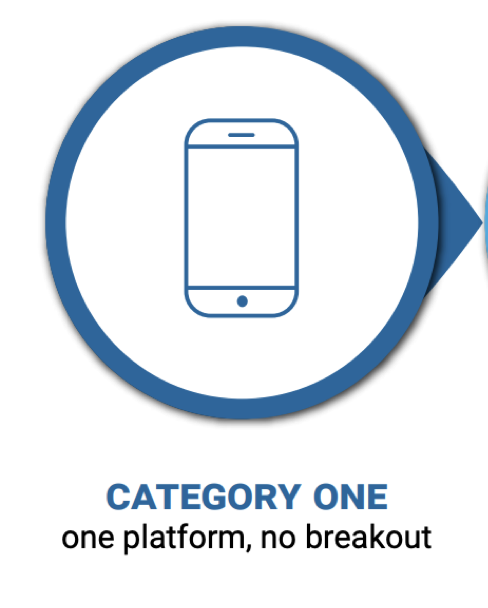
Just out: @Facebook's latest update on influence op (IO) takedowns. Fourteen new ones in this report, from nine countries. @Graphika_NYC did a write-up on one of them, from separatist-held Ukraine.
Never a dull week on the IO front...
about.fb.com/news/2021/01/d…
Never a dull week on the IO front...
about.fb.com/news/2021/01/d…
Here's the Graphika report.
A cluster of inauthentic assets on FB, boosting a network of fake websites focused on Europe and the former USSR: pro-Kremlin, anti-Ukraine, anti-Navalny, anti-EU.
Also, interestingly, anti-China in Central Asia.
graphika.com/reports/echoes…
A cluster of inauthentic assets on FB, boosting a network of fake websites focused on Europe and the former USSR: pro-Kremlin, anti-Ukraine, anti-Navalny, anti-EU.
Also, interestingly, anti-China in Central Asia.
graphika.com/reports/echoes…
H/t @alexejhock and @DanielLaufer for the first reporting on parts of this network, based around a fake outlet called Abendlich Hamburg ("evening Hamburg").
A couple other sites had "evening" in their names, others had "echo of [country]".
welt.de/politik/deutsc…
A couple other sites had "evening" in their names, others had "echo of [country]".
welt.de/politik/deutsc…
In this operation, social media were secondary. The main carriers were websites focused on countries from the UK to Central Asia, linked by registration emails, admins, analytics etc.
We made it 25 sites in total, some already down; there are probably more.
We made it 25 sites in total, some already down; there are probably more.

In Russian, most of the articles were original. Different sites focused on Ukraine (inevitably), Moldova, Kyrgyzstan and Kazakhstan.
The editorial line was pro-Russia, anti-Western and, in Central Asia, anti-China.
The editorial line was pro-Russia, anti-Western and, in Central Asia, anti-China.

In other languages, almost all the articles on these "news" sites were copied from real outlets.
The few original ones - the payload - were poorly written, conspiratorial, and very much aligned with Kremlin messaging.
The few original ones - the payload - were poorly written, conspiratorial, and very much aligned with Kremlin messaging.

They didn't get much traction on social media, or in the countries they focused on.
The main pickup was in Russian media. In the best example, an article on the fake website Abendlich Hamburg - actually run from Luhansk, Ukraine - was cited by outlets like gazeta[.]ru.
The main pickup was in Russian media. In the best example, an article on the fake website Abendlich Hamburg - actually run from Luhansk, Ukraine - was cited by outlets like gazeta[.]ru.

Whether by accident or design, the main impact the operation had - which is not much - was by pretending to be "Western" media, and being cited in Russian media.
Disinformation laundering.
Disinformation laundering.
Plenty more takedowns in the Facebook report:
Iran
Morocco
Ukraine x 3
Kyrgyzstan x 3
Kazakhstan
Argentina
Brazil x 2
Pakistan
Indonesia
Not to mention the French and Russian takedowns last month, where two troll operations went head to head.
graphika.com/reports/more-t…
Iran
Morocco
Ukraine x 3
Kyrgyzstan x 3
Kazakhstan
Argentina
Brazil x 2
Pakistan
Indonesia
Not to mention the French and Russian takedowns last month, where two troll operations went head to head.
graphika.com/reports/more-t…
And also, a couple of points worth remembering.
Of the 17 takedowns in this announcement, about two-thirds targeted domestic audiences.
Disinfo begins at home.
Of the 17 takedowns in this announcement, about two-thirds targeted domestic audiences.
Disinfo begins at home.

And seven different ops either pretended to be news outlets, or tried to land their articles in real news outlets.
Influence ops probably target journalists more consistently than any other group, because that's how they can move from a fake media ecosystem into a real one.
Influence ops probably target journalists more consistently than any other group, because that's how they can move from a fake media ecosystem into a real one.

• • •
Missing some Tweet in this thread? You can try to
force a refresh









